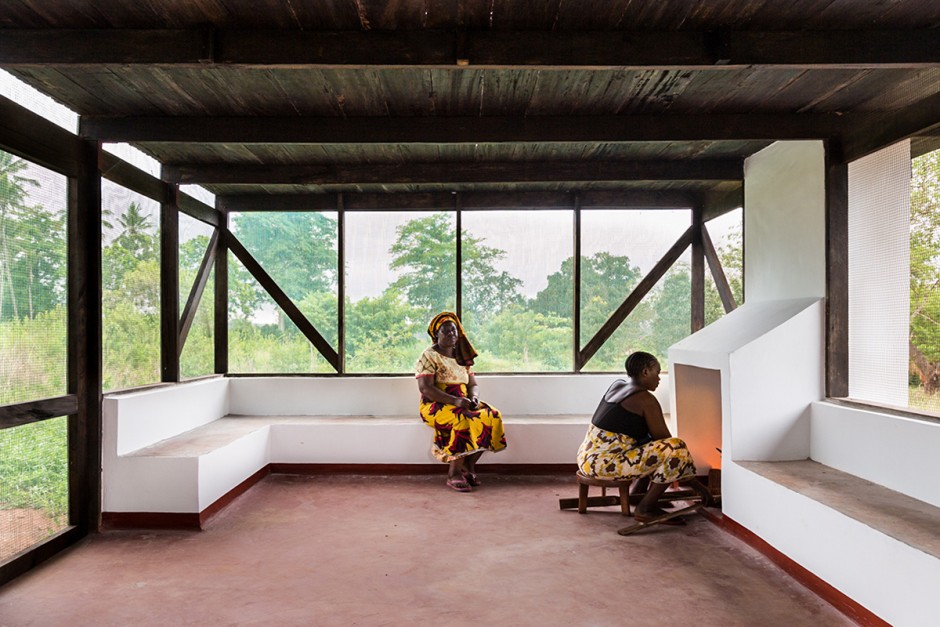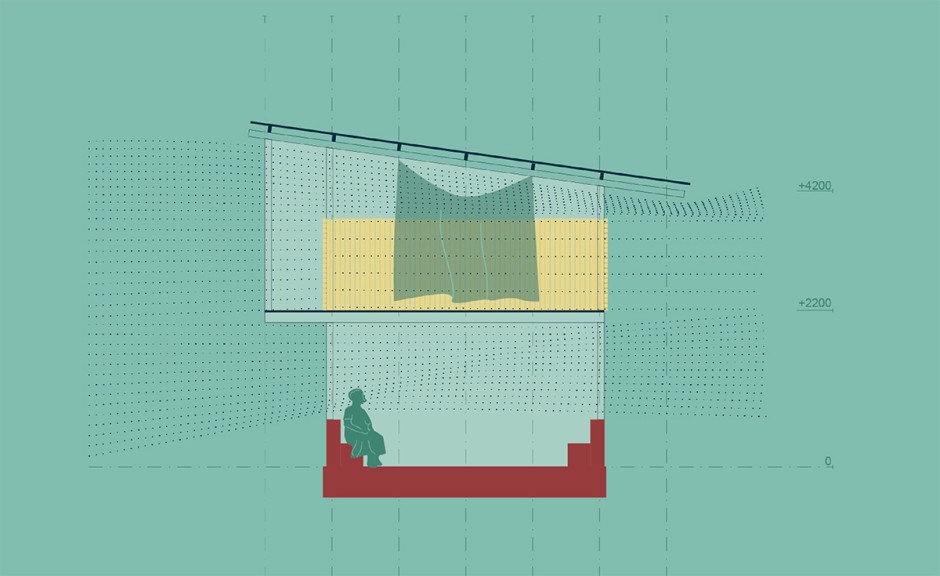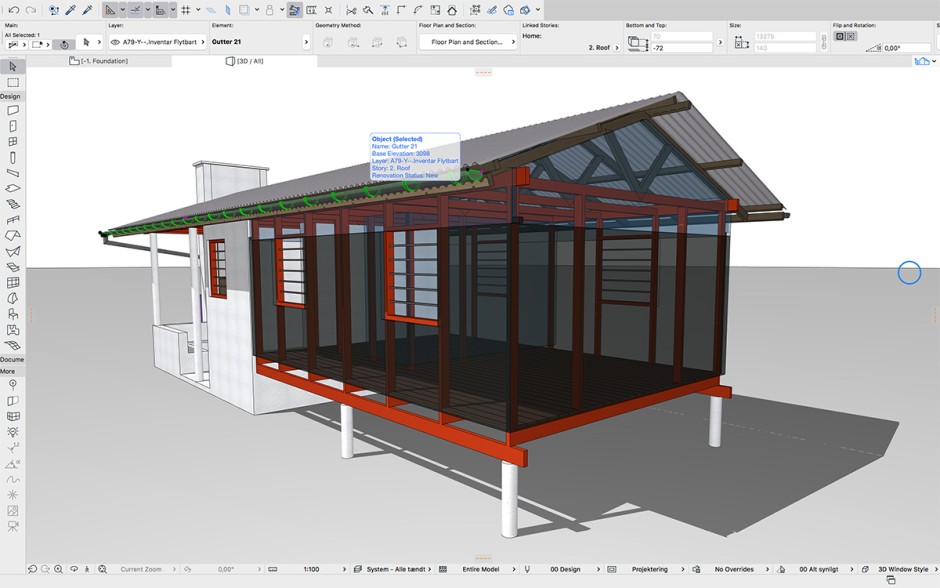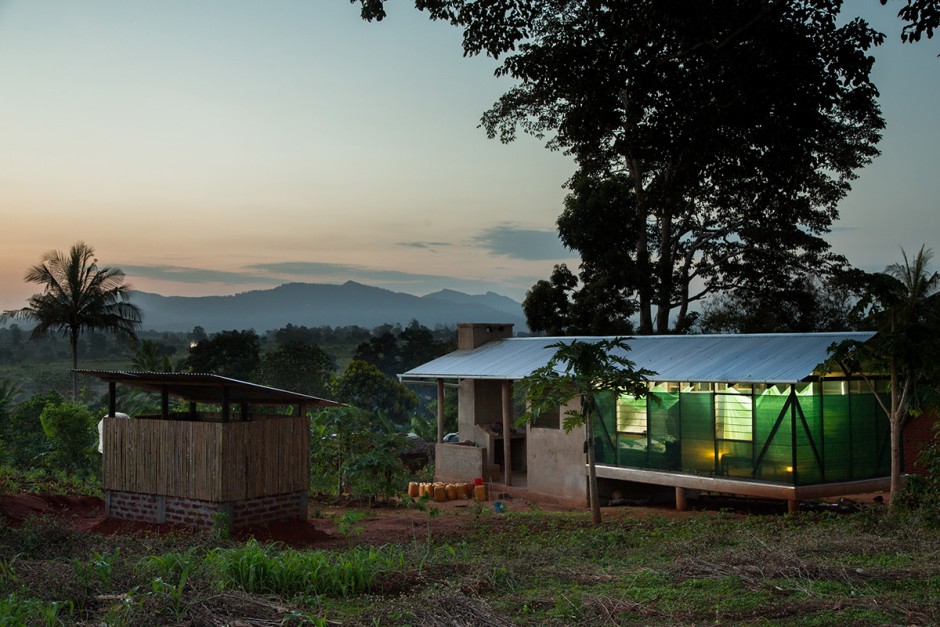Every architect has an idea of what real architecture is. Some might think it’s all about the concept, their colleagues may prefer the detail, while others think it’s about creating spaces that unmistakably “nudge” us to become better versions of ourselves. And still others focus all their efforts confirming that form, function, technique and materials create a coherent whole. Then there are the architects who want to save the world from diseases. Ingvartsen Architects is that kind of architectural practice and they are on a mission to create the world’s first Malaria-free houses.
400.000 + annual malaria-related deaths
Malaria is a widespread disease in tropical and sub-tropical areas where Africa is particularly affected. According to the WHO, in 2015, more than 200 million cases of malaria were responsible for more than 400.000 malaria-related deaths. As a recently-graduated architect, Jakob Knudsen was involved in health care projects in Tanzania.
His work led to a meeting with a German doctor who shared Jakob’s passion for combating malaria. They decided to develop malaria-free housing in a local community. The key is natural ventilation as an alternative to creating denser houses that result in an almost unbearable indoor climate. By decreasing the indoor temperature, more people use mosquito nets, thus inhibiting the mosquitoes from entering.

The Magoda Project
To gain knowledge that could help develop solutions, Ingvartsen Architects employed students to survey traditional housing facilities in Africa, India, Thailand and in the Philippines. This was done using a well-known architect toolbox – through surveying and registration. Beautiful drawings formed the basis for a series of 3D models of the buildings, which were used for simulations of temperatures that would form a so-called “baseline.” In addition, they tested the design changes and developed several digital prototypes for new, malariafree housing types. Subsequently, the architect and the doctor went to the small village of Magoda to build seven different prototypes of their concept houses, as well as refurbished three existing houses as references. After having tested the 10 homes, they used their findings from the project to build a final house, which is the result of their long journey.
“The internationally recognized project has been shortlisted for the WAN Awards, has won a prize at the World Architecture Festival and was featured at the Danish Pavilion/Venice architecture biennale 2016.”
Jakob Knudsen, Arkitekt MAA, Owner, Associate Professor

Evidence-based approach
Throughout an entire year, they measured indoor temperatures as well as the number of mosquitoes. The results showed that traditional African homes only have an indoor temperature in the comfort zone approximately 50% of the time, and conventional malaria-renovated houses 20% of the time due to the poor circulation of air; the new homes by Ingvartsen had an indoor temperature in the comfort zone approximately 80% of the time.
The new house types are only 10-50% more expensive to build than traditional houses, so it is within economic reach for ordinary Africans to build malaria-free houses. The standard type is a narrow, one story house, but the team also tested versions with two stories that provide views and additional fresh air. Subsequently, it became apparent that there were fewer malaria-carrying mosquitoes in the two-story houses — perhaps because they are flying closer to the ground and that this type of housing had an even better indoor climate than the one-story homes.

The Magoda Project
results in a decrease in malaria infections
The Magoda Project has resulted in houses with improved temperatures and improved indoor climates. At the same time, the project has solved problems with kitchen facilities and latrines. The improved conditions have increased the number of people sleeping under mosquito nets, which has also drastically reduced the number of malaria infections.
The internationally recognized project has been shortlisted for the WAN Awards, has won a prize at the World Architecture Festival and was featured at the Danish Pavilion/Venice architecture biennale 2016.
The Magoda Project is still showcased with beautiful cardboard models and state of the art photographs at an international travelling exhibition. Journalists from around the world have also shown interest in this remarkable project; among others, the project has been featured in The Financial Times and ArchDaily.
Projects in Gambia, the Philippines and Denmark
In addition to The Magoda Project, Ingvartsen Architects have malaria-refurbished 440 houses in Gambia. The practice is currently working on an 18 story-high retail, housing and parking garage in the Philippines – their third project there. In their native Denmark, they are currently involved in an administration building for Statoil that consists of container pre-fab wooden modules. At the other end of the scale is a luxurious cottage with high class details and materials.
“BIM is here to stay at Ingvartsen, even though we still feel they are just crushing the top of the wave of possibilities.”
Jakob Knudsen, Arkitekt MAA, Owner, Associate Professor
BIM is here to stay
Ingvartsen Architects currently employs 7 people, mixing the digital tools needed to complete their projects with ease. They use Rhino, Grasshopper and Archicad, as well as more traditional tools like AutoCAD, Illustrator and SketchUp. Jakob Knudsen is certain that BIM is here to stay at Ingvartsen, even though they still feel they are just crushing the top of the wave of possibilities.
It is not every day that you encounter architects who strive to fight world-wide problems using architecture as a weapon. And it is also uncommon for projects to start with an in-depth registration, 3D simulation, buildings making 1:1 tests possible, and documentation through architecture photography. Everything is done at eye level with the future residents and the local community.
It takes your breath away completely, and makes you wonder if choosing mortar color is so important…
About Ingvartsen Architects
The firm has conducted a wide array of architectural projects including design, building construction, planning and client consultancy, topically dispersed over several types of development, renovation and interior design.
The firm is led and owned by architect MAA Jakob Knudsen.
About Graphisoft
Graphisoft® ignited the BIM revolution in 1984 with Archicad®, the industry first BIM software for architects. Graphisoft continues to lead the industry with innovative solutions such as its revolutionary BIMcloud®, the world’s first real-time BIM collaboration environment; and BIMx®, the world’s leading mobile app for lightweight access to BIM for non-professionals. Graphisoft is part of the Nemetschek Group.

